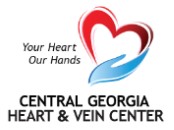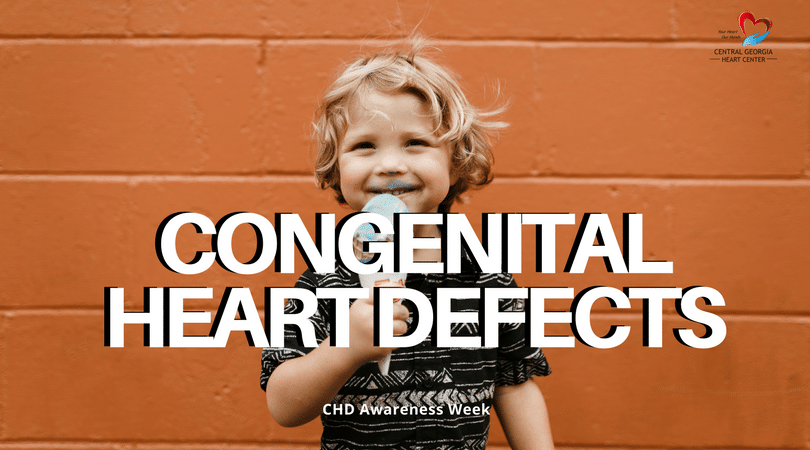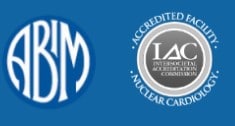Part of heart disease includes congenital heart defects which mean defects in the cardiovascular system that are present at birth. While congenital heart disease is a term that is often used, it more accurately means a defect.
Unlike hypertension or hyperlipidemia, congenital heart defects do not refer to a specific disease but rather a structural issue. A defect is the result of a malformation in the heart or blood vessel. While some congenital defects have no effect on the heart, it is important to be screened in case it does impair function.
What are common heart defects?
While there are many potential congenital heart defects, there are a handful of types that are more frequently occurring.
- Aortic Valve Stenosis: AVS is when a valve from the heart to the body does not open and close correctly. Frequently this can result in leaking blood and a build-up of pressure in the heart. Frequently, there are no symptoms. But if they do occur it often includes dizziness, chest pain, and fatigue. The valve can be repaired or replaced if necessary.
- Atrial Septal Defect: ASD is more commonly known as a hole between the two chambers of the heart. The result is a leak of oxygen-rich blood into the wrong chambers of the heart. Some indicators of this defect include a heart murmur or other abnormal heart sounds. Treatment depends on the size of the hole. Small holes can often go untreated while large holes that cause the heart to work harder include surgery or repair done via a cardiac catheter.
- Coarctation of the Aorta: CoA is the narrowing of the aorta which carries blood into the body. The most common risks or symptoms is high blood pressure and unusual exhaustion during physical activities. The obstruction can be relieved using surgery or a balloon catheterization.
- Complete Atrioventricular Canal Defect: CAVC is a large hole in the center of the heart between all 4 chambers. This allows oxygenated blood and oxygen-poor blood to mix which damages circulation. Most commonly, a CAVC occurs in children with the down syndrome gene. This defect can be dangerous and symptoms include shortness of breath, trouble gaining weight, high blood pressure and chest pain. An AV canal can be fixed with surgery and medication can be used to temporarily relieve symptoms.
You can read more about other common congenital heart defects here.





